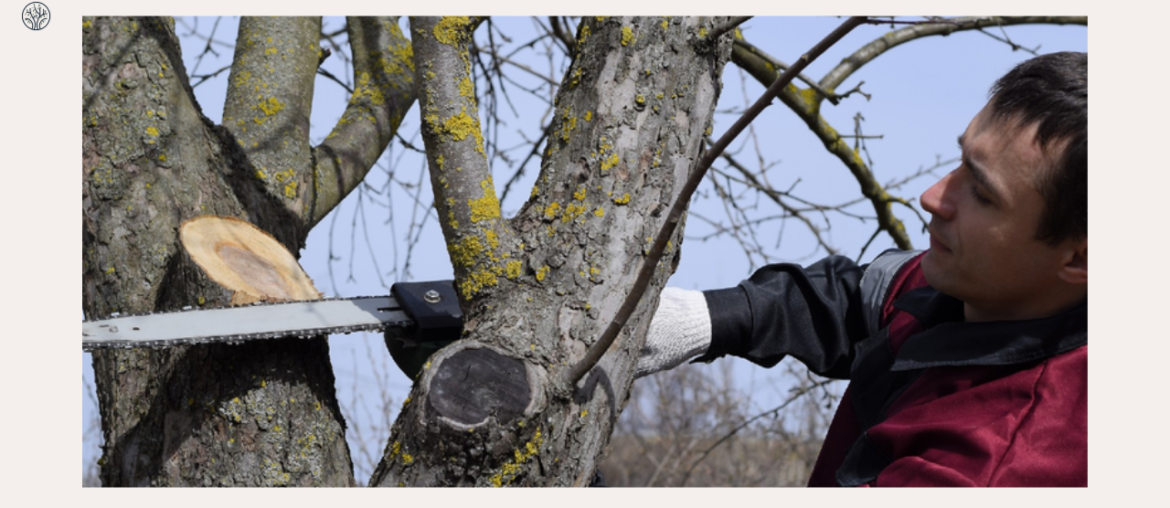The average cost of tree removal in the U.S. is $871, with most homeowners paying between $424 and $1,867. For this reason, many wonder the cheapest time of year for tree removal and how to save money on this service.
This article will answer these questions and provide tips for getting the best deal. You should also know some legal and practical aspects of tree removal before hiring a professional. By the end of this article, you will better understand how to plan and budget for your tree removal project.
Winter: The Best Time for Tree Removal
For many reasons, winter is generally considered the best time of year for tree removal. It is the off-season for most arborists, which means they have less work and more availability. That means you can benefit from lower prices and faster service.
When the winter comes, any signs of decay or damage will be more visible. As a result, you can assess the health and structure of your trees. It is also easier to identify and remove any unwanted or problematic trees before they start growing again.
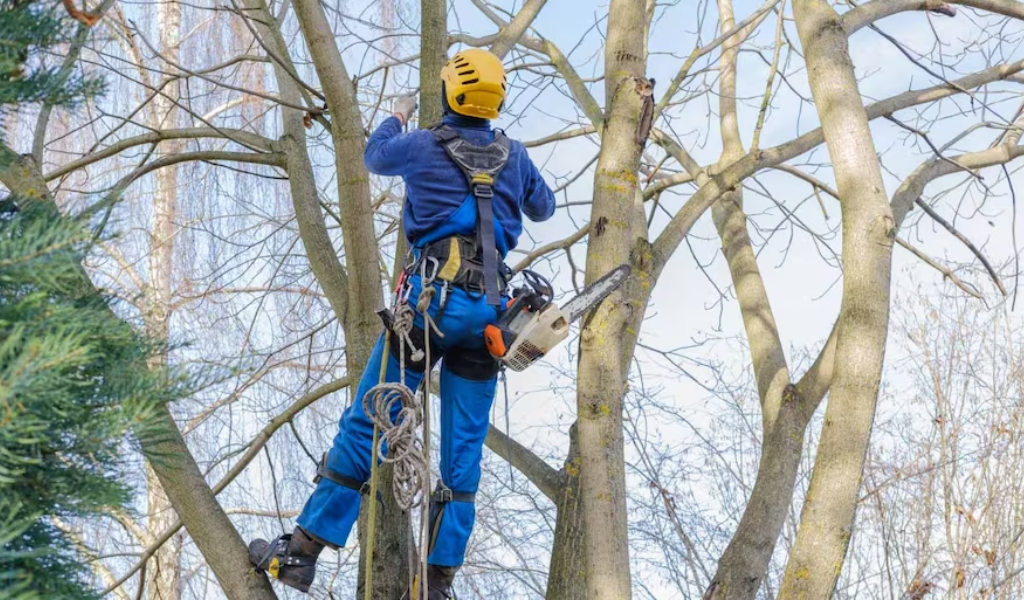
It is the dormant season for most trees. During this time, trees have less foliage and sap, making them easier to cut down and clean up.
However, winter is not always the best time for tree removal in every case. There are some drawbacks you should be aware of before deciding to remove your trees in winter:
Winter brings harsh weather conditions like snow, ice, wind, or rain. These make tree removal more difficult and dangerous, affecting the stability and visibility of the tree and the ground.
With freezing temperatures, winter makes the ground hard and frozen. It makes stump removal more challenging and costly, as it may require more digging or grinding.
Best Practices for Winter Tree Removal in Different Regions
Tree removal process in winter varies depending on where you live and your climate. In regions with mild winters, such as the South or West Coast, you can do winter tree removal anytime between November and March. These regions have less snow or ice accumulation risk on trees or ground. Check the weather forecast before scheduling your tree removal service.
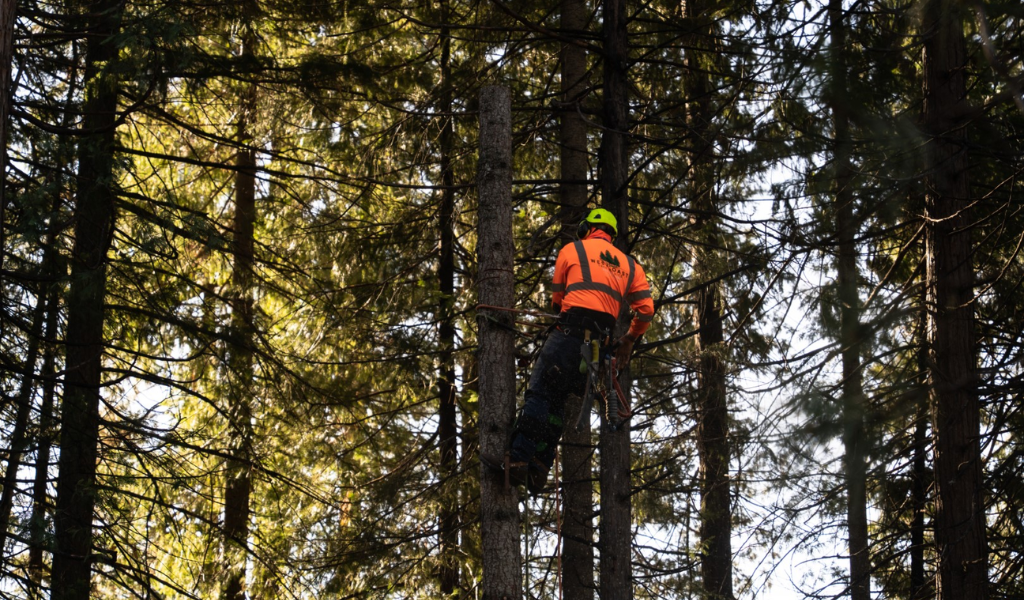
Meanwhile, people tend to remove trees in the Midwest or Northeast between December and February. These regions with moderate winters have more chance of snow or ice accumulation. It might add weight and pressure to the branches, so you must avoid removing trees during heavy snowfall or freezing rain.
How about Alaska or Canada with severe winters?
These regions have freezing temperatures and heavy snowfall. It makes tree removal more challenging, costly and requires special equipment or permits. You should only remove trees between January and March when they threaten your safety or property.
Tree Removal in Non-Winter Months
What if you live in a region that does not have winter months, such as Hawaii or Florida? Or, if you have a tree that cannot wait until winter to be removed, what is the cheapest time of year for tree removal in your case?
This question has no absolute answer, as each tree has different growth cycles and characteristics. Some trees may be easier to remove in spring, while others may be easier to remove in fall.
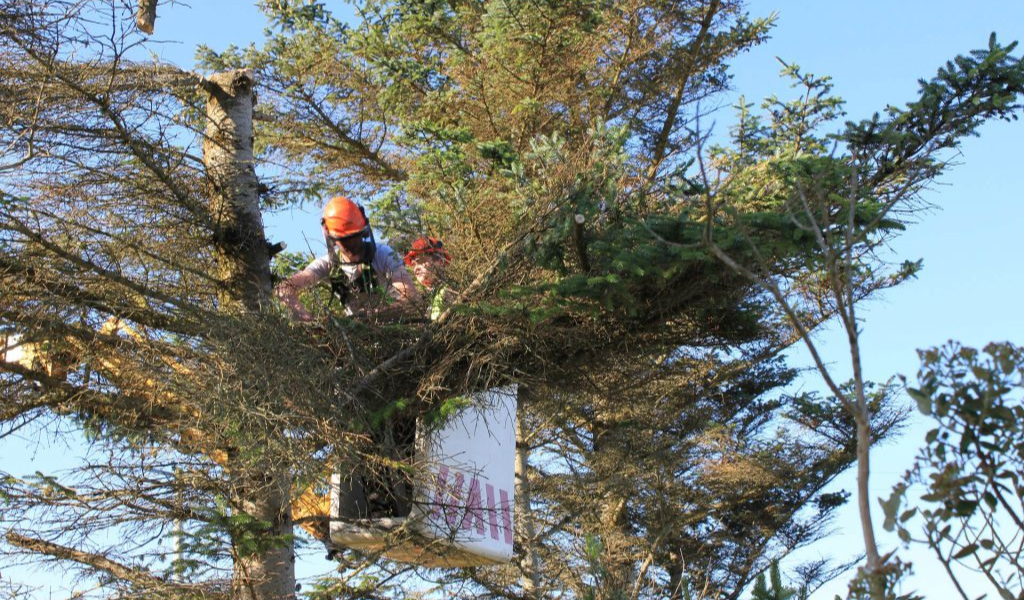
The best way to decide the best time of year for tree removal in non-winter months is to contact a professional arborist and ask for their opinion. They will be able to assess your tree and your situation and advise you on the best course of action.
Tree Removal Costs: Factors and Calculations
As mentioned above, tree removal is not a cheap service, as it involves a lot of labor, equipment, and expertise. Now, let’s find out the cheapest way to remove trees.
How Much Do Arborists Typically Charge?
Arborists typically charge for tree removal based on the tree’s size and height, as these are the main indicators of the required work and gear. According to ThisOldHouse, getting a tree removed can cost you about $424 to $1,867, with an average price of around $871.
For example, this graph and table show a rough estimate of how much to cut down a pine tree:
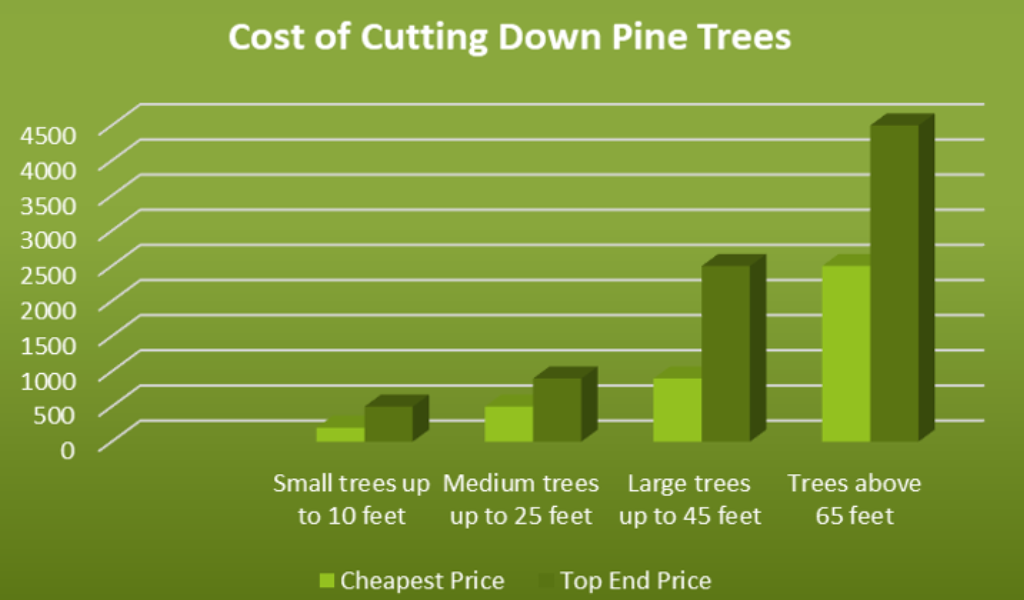
| Tree Size | Cheapest Price | Top End Price |
| Small trees (up to 10 ft) | $200 | $500 |
| Medium trees (up to 25 ft) | $500 | $900 |
| Big trees (up to 45 ft) | $900 | $2,500 |
| Trees above 65 ft | $2,500 | $4,500 |
However, you might have to pay roughly $2,300 if it’s an emergency. There could be added charges when a tree is tricky to remove or needs extra safety measures, extra work, or special equipment.
And if you’re removing many trees, some companies might charge you based on how much land you’re clearing instead of for each tree individually.
Crane-Assisted Tree Removal Pricing
Crane-assisted tree removal is usually used for very large or tall trees in hard-to-reach or dangerous areas, such as near power lines, buildings, or fences. It is one of the most pricey tree removal methods.
In the United States, removing a tree can cost anywhere from $500 to $5,000. This price changes depending on:
- Is it easy to reach the tree?
- Is the tree near utility lines?
- Do you want stump and debris removal?
- Is it an emergency?
Tree Removal Cost Calculator
Use the Tree Removal Cost Calculator for a quick estimate for your tree removal project. This tool helps you calculate the tree removal cost based on basic information about your tree and its location.
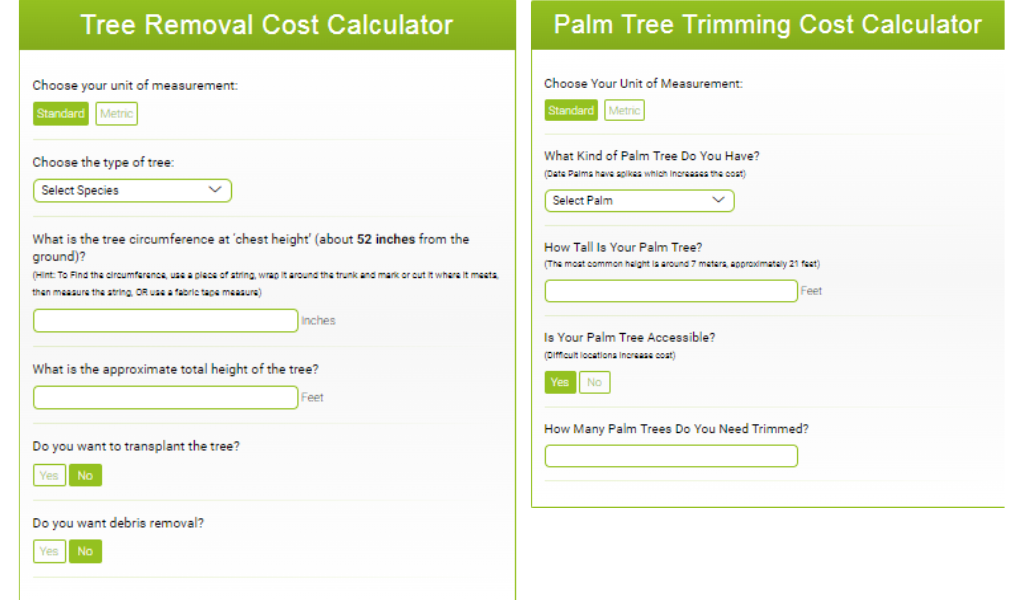
However, remember that this tool only gives you a rough idea of the tree removal cost. It does not consider all the factors and variables affecting the actual price. To get a more accurate and personalized quote for your project, contact a professional arborist and ask for advice.
Tips To Save On Tree Removal
Knowing the cheapest time of year for tree removal and its cost is just the starting point. You would want to know how to save more money on this service. If so, follow these tips:
Negotiate For The Best Price
One of the best ways to save money on tree removal is to negotiate with your arborist for a better price. Follow these tips for the best result:
- Do your research: Before contacting any arborists, research the average cost of tree removal in your area and the factors that affect it. It helps you have realistic expectations and a baseline for comparison.
- Get multiple quotes: Contact at least three reputable local arborists and ask for free quotes for your tree removal project. Compare the offers and look for differences in their services, methods, equipment, and prices.
- Ask questions: Don’t be afraid to ask questions about the quotes you receive. Ask about the details: what they include and exclude, how they calculate their prices, what guarantees they offer, and what insurance they have.
Consider Free Tree Removal Options
Another way to save money is to explore free tree removal options available in your area:
- Senior discounts or programs: Some arborists offer discounts or free services for seniors who need help with their trees. Check with your local senior center to see if they have partnerships or referrals for this program.
- Wood exchanges or donations: Many are willing to remove your tree for free if you let them keep the wood from your tree. They may use the wood for firewood, lumber, or mulch or donate it to others who need it.
- Government grants or subsidies: Several government agencies or programs offer grants for tree removal projects that meet specific criteria. Visit your local government office or website to see if assistance is available for these projects.
Watch Out For Super-Low Bids
While cutting costs on tree removal is vital, you should also be careful not to sacrifice quality and safety for super-low bids. You may receive poor workmanship, liability issues, or even fraud if you hire an unqualified or amateur arborist with a low offer.
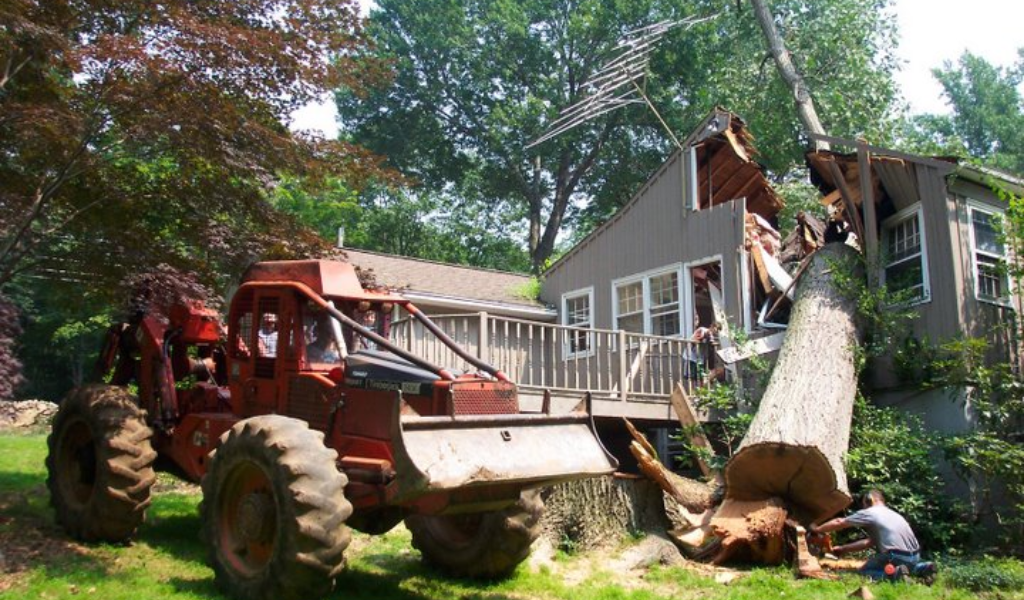
To avoid these risks, choose an arborist with credentials and reputation, such as the ISA, TCIA, or BBB. Also, you should request a written quote and contract from the arborist you are considering hiring. Review them carefully and ensure they include all the details and terms of the tree removal project.
How To Get Free Tree Removal For Seniors?
If you wonder about senior discounts or programs, ask for help from family, friends, neighbors, or community members. Some local organizations or groups may offer free or low-cost services for seniors who need help with their trees. These may include churches, charities, nonprofits, clubs, associations, or volunteers.
There are also some online resources to find free tree removal, including websites, platforms, forums, blogs, etc. These platforms connect people who need help with people who can offer help or advice. Use keywords such as “free tree removal for seniors,” “tree removal assistance for seniors,” or “tree removal volunteers for seniors.”
Legal and Practical Aspects of Tree Removal
Tree removal is not only a matter of cost and convenience but also a matter of law and responsibility. You should be aware of some legal and practical aspects of tree removal before starting your project:
Is It Legal To Cut Trees on My Property?
Each state, county, and city has different laws and regulations governing tree removal on private property. To find out if cutting trees on your property is legal, visit the local government website and see what rules apply in your area.
Further, check with your homeowner’s association (HOA) or neighborhood association (NA). They will tell you if they have any covenants or bylaws that restrict tree removal on your property.
Responsibilities for Fallen Tree Removal
Another common question regarding tree removal is: who is responsible for removing a fallen tree? The answer depends on the cause of the fall, the location of the fall, the insurance coverage, etc.
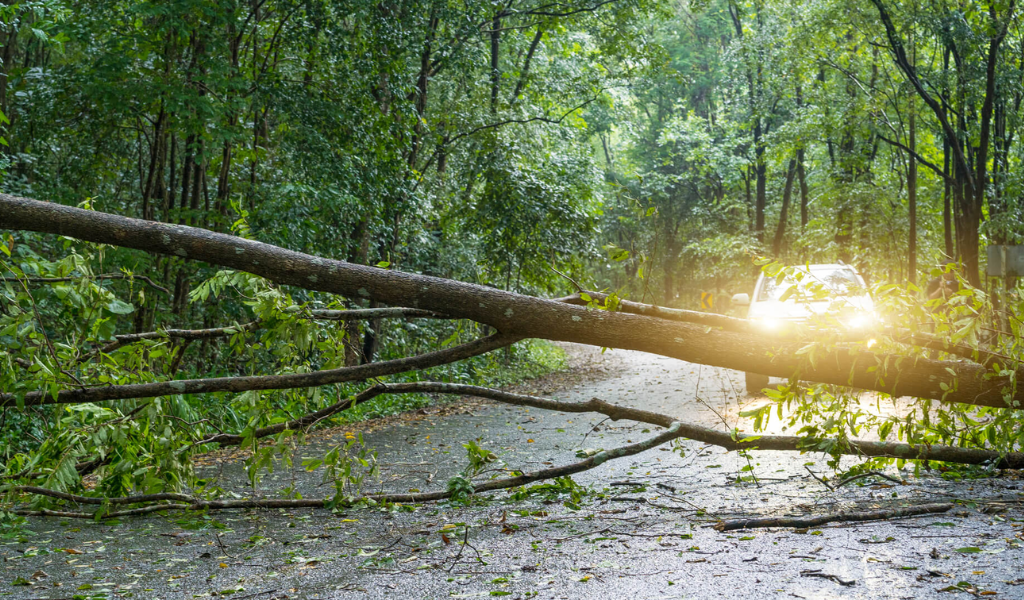
To deal with the fallen trees, you should document the incident by taking pictures and videos of the fallen tree and the damage or injury it caused. Also, collect evidence that can prove the cause of the fall, such as weather reports, witness statements, or police reports.
Then, contact your insurance company immediately and file a claim for the fallen tree removal. You should provide them with all your collected documentation and information and follow their instructions and guidelines. Further, ask them about your coverage and deductible and what expenses they will cover or reimburse.
Should I Remove a Tree Close to My House? Safety and Precautions
A general guideline suggests that a tree should be at least as far away from your house as its height or 1.5 times its height if it is leaning toward your home. However, every case may vary as trees have different shapes and weights.
Balancing the tree’s benefits and drawbacks is essential when making your decision. Trees near your house provide shade, beauty, privacy, wildlife habitat, noise reduction, improve air quality, and even enhance your property’s value.
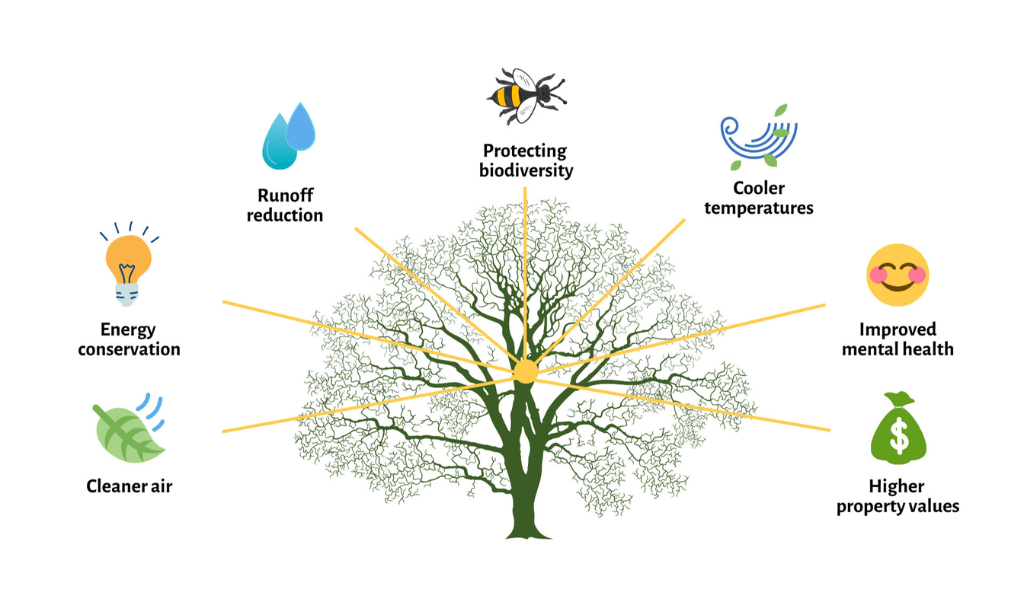
On the downside, such trees create maintenance issues, including leaf litter, sap drips, insect infestations, or mold growth. They might also interfere with utility services and even attract unwanted animals like squirrels, birds, or termites.
Regarding safety and precautions for tree removal near your house, hiring a professional arborist and preparing your property is essential. Before the arborist arrives, remember to prepare your property: clear any obstacles that might obstruct the work area, mark any underground utilities affected by stump removal, etc.
Finally, keep your neighbors and family members informed about the project and request they stay away from the work area. By adhering to these guidelines, your tree removal project will be conducted safely and effectively.
FAQs
Should we continue to cut down trees?
Trees bring us numerous benefits but also pose some threats. Therefore, there is no one-size-fits-all solution to this question. Whether we should continue to cut down trees is rather than a case-by-case approach that balances the needs and interests of all the stakeholders involved.
Do I need council permission to cut down a tree?
As mentioned before, each state, county, city, and neighborhood may have different regulations governing tree removal on private property.
To find out if you need council permission to cut down a tree on your property, visit your local government office or website to see what rules apply in your area. Also, talk to your HOA or NA to explore if they have any covenants or bylaws on tree removal.
How much does it cost to cut down a 50-foot pine tree?
The cost to cut down a 50-foot pine tree would typically fall from $900 (for a medium tree) to $2,500 (for a big tree). The price within this range can vary depending on the tree’s condition, location, and the tree removal service you hire. Obtaining quotes from local tree removal professionals is advisable to get a more accurate estimate for your situation.
Conclusion
Tree removal is a common and essential service that many homeowners need at some point. However, this process can also be costly and complicated, requiring careful planning and preparation.
Thus, regarding tree removal, careful consideration, proper planning, and the involvement of experienced professionals are the keys.
Whether you’re dealing with a small, medium, or large tree, the removal cost can vary, but the investment in preserving your property’s safety and beauty is always worthwhile.

